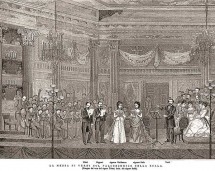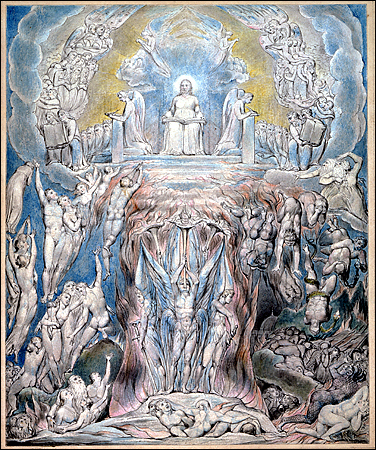Verdi’s Requiem

Debut at L Scala, 25 May 1874, drawn by O. Tofani
SA State Opera Chorus, Adelaide Symphony Orchestra, 26 August 2015
A very nice performance. Having a foretaste of the Requiem at the introductory session held by the Dante Society, The Varnished Culture settled back in the well worn and frayed Festival Theatre, with its ghastly art adorning the foyers (no longer ‘modern’ but eternally bad) for the full rendition of Verdi’s famous Requiem Mass. Coinciding with the staging in Adelaide of Faust, Timothy Sexton conducted the ASO, and, having rehearsed the State Opera Chorus, simultaneously conducted all 64 of them (plus kettle drum player) by alternately waving at the pit and the stage.
The Chorus was led by Teresa La Rocca (Soprano), Elizabeth Campbell (Mezzo), Diego Torre (Tenor) and Douglas McNicol (Bass), all of whom were in impressive form. The piece itself has been contentious over the last century or so – some high churchmen grumble that it is heretical; some dramatists think it narrow; some players and composers found it false (notably Hans von Bülow, although he recanted in the end).
It is certainly a singular piece – neither genuinely liturgical, nor opera, but it still impresses over the course of 90 minutes of twists and turns, from Requiem and Kyrie, a restrained plea for mercy, to the thunder-filled Dies Irae, the famous explosion, akin to a Hell’s Angel riding a motorcycle into the chapel, with its repeated refrains scattered over the subsequent text, through Domine Jesu and the wind-beneath-my-wings feel of the chorus in the Sanctus, the sweet Agnus Dei and finally, the fugue Libera Me, the quiet and personal appeal for acquittal on Judgment Day, an innovation by Verdi, as it is absent from the Requiem Mass on All Soul’s Day.
P’s main reservation is the rather patchy, even loose, effect of the whole. Perhaps a Wagner may have supplied the cohesion? No matter, the individual parts are fine and if a modern audience no longer admits of fear from the reckoning (post-Rapture), the Dies Irae still compels emotion. George Martin* described the Dies Irae thus: “Verdi knocks the world apart with the violence of his music. Four cracks of doom from the orchestra, and the voices begin the dizzy slide into blackness. No one can possibly not pay attention…It is though an angry God had come down in the holocaust and, standing on the altar, was pointing a fiery finger at “you, you and you: damned’…”
* Verdi: His Music, Life and Times (1963, MacMillan & Co), page 407.
Leave a comment...
While your email address is required to post a comment, it will NOT be published.



1 Comment